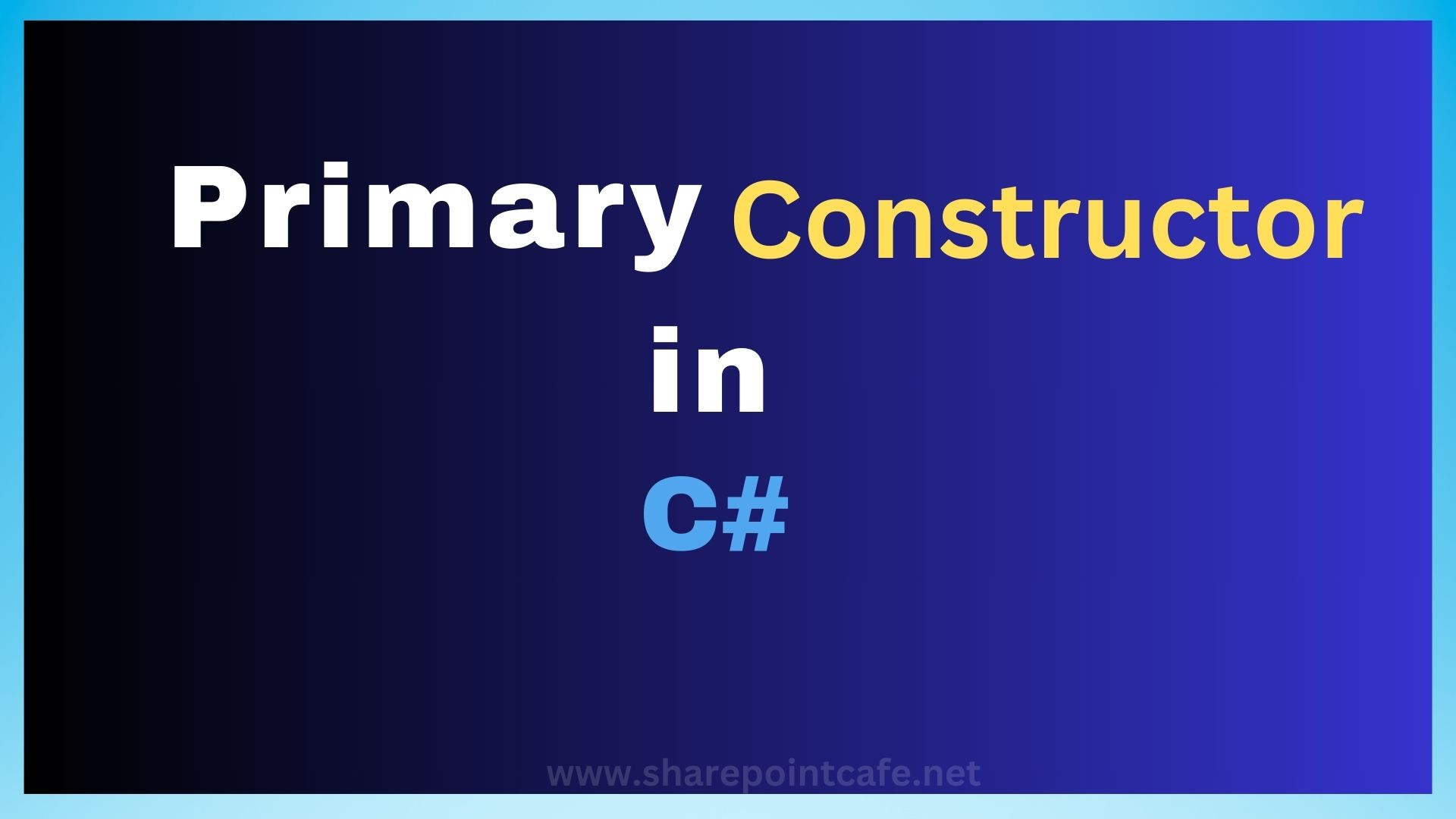C# 12 introduces multiple amazing features. But, one of the features which I liked most is the Primary Constructor.
What is a Constructor?
We are all familiar with the constructor. It is a special method which we use to initialize the object of a class. The Constructor executes as soon as we create the object of that class.
The general syntax of creating a constructor:
public class MyClass
{
public MyClass() { }
}Here, we are creating a constructor for the class MyClass. The constructor name must be the same as the class, and it doesn’t have any return type.
What is a Primary Constructor?
The Primary Constructor concept came into existence in C# 12 along with .NET 8.
Primary Constructor enables us to remove the constructor method and add its parameters to the class declaration itself.
Let’s understand this with a code snippet, first, we will understand the traditional way to create a parameterized constructor:
public class Product
{
public string Name { get; set; }
public Product(string name)
{
Name = name;
}
}Here, We are creating a constructor of the class Product. And, we are assigning value to the property using the constructor.
Let’s see how we can implement Primary Constructor:
public class Product(string name)
{
public string Name { get; set; } = name;
}In this code snippet, we are adding a parameter to the class Product and assigning the parameter to the property Name. This is the main use of the Primary constructor.
So, while initializing the class with the primary constructor we must pass the parameter.
Let’s see how to initialize a class with the primary constructor:
var product = new Product("Laptop");As we have a class Product which accepts a parameter of type string. So, we are passing the string value while initializing the class.

